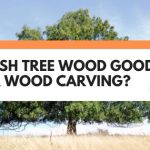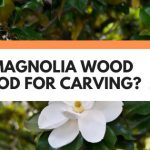There’s a world of choice when it comes to carving woods. So, what could make you choose a timber such as Hackberry wood?
Sure, you’ve heard about Hackberry being used for firewood. Or maybe you’ve even seen it used for smoking BBQ meat.
But, is this tough hardwood really such a great option for wood carving?
Well, in this post, you’ll learn what Hackberry wood tends to be used for. You’ll also find out whether or not this hardwood is pliable enough to whittle.
And keep reading to find out if Hackberry lumber is the right choice for your next project.
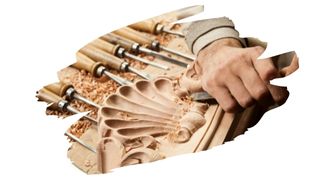
This post may contain affiliate links to products that we receive a commission for (at no additional cost to you). Learn more here.
Is Hackberry Wood Good For Anything?
Hackberry is a pretty versatile hardwood. And while it isn’t the toughest wood you can use, it’s still a fantastic choice for specialist techniques, namely steam bending.
Steam bending involves using heat and moisture to soften up the wood fibers of a piece of wood. This makes the wood itself pliable enough to be bent into all manner of shapes.
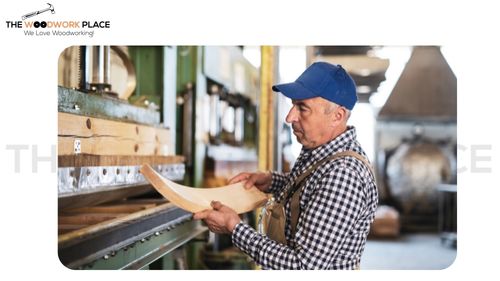
And Hackberry wood often tops the list as one of the most ideal woods for this particular woodworking specialism.
But Is Hackberry Wood Easy To Work With? Is Hackberry Wood Hard Or Soft?
Well, it is about as hard and tough as say Genuine Mahogany.
According to the Janka hardness scale, (which measures the strength of wood), Hackberry has a Janka rating of 880 lbf.
In other words, it will take around 880 pounds of force to crush this particular timber. On the other hand, Genuine Mahogany, (a hardwood popularly used for flooring), has a Janka rating of around 900 lbf.
As a result, Hackberry wood is pretty hard stuff, and can shrug off dents and scratches. However, it also means that, once this wood is dry, it is much too hard to carve and whittle easily.
What Is The Janka Hardness Scale? This scale measures how many pounds of force it takes for a piece of metal to crack a piece of wood.
Is Hackberry Wood Toxic? Is It Safe To Work With?
Hackberry wood is not at all toxic. In fact, the fruits of this tree are edible.
The only concern you may have with working with this timber is it’s sawdust. All wood sawdust is a sensitizer, meaning that inhaling it can cause respiratory problems or skin allergies.
But, that’s to be expected when it comes to working with wood.
Regardless, in its solid wood form, there is nothing toxic about Hackberry wood that warrants avoiding using it for woodworking.
Related Post: 11 Surprisingly Simple Wood Carving Projects for Absolute Beginners
That’s Great! So, What’s Stopping Me From Using Hackberry Wood For Woodcarving?
Other than the fact that this wood is very tough? Well, one problem with Hackberry wood is it’s tendency to crack when dry.
When wood dries out, it can shrink as it’s moisture content evaporates. This shrinking can cause wood checks to form, and cracks to appear.
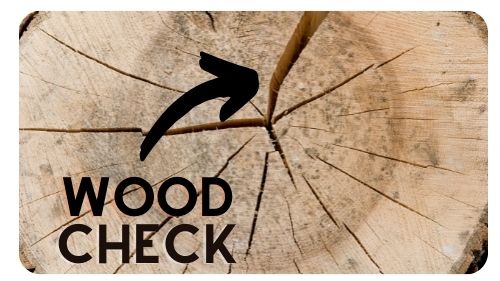
Now, there are naturally stable wood types that won’t shrink and split like this (such as Douglas Fir).
However, Hackberry wood is not one such wood type. And this hefty tough wood will crack if it dries out enough.
But Can You Still Turn Hackberry Wood? Is There Anything You Can Do With It?
If you can get your hands on freshly cut green Hackberry wood, then it can be surprisingly pliable.
Green wood refers to freshly cut lumber. At this stage, wood has a lot of moisture in it (around a 100% moisture content level). And all of that extra moisture will make it fairly simple to whittle away at Hackberry wood.
Related Post: Is Maple Wood A Good Choice For Chainsaw Carving?
To Wrap Up, Here Are The 3 Key Takeaways From This Post…
- 1). Freshly cut Hackberry wood is surprisingly easy to carve and whittle with hand tools.
- 2). Nonetheless, once this wood dries out, it is very tough and difficult to wood carve.
- 3). Hackberry wood can be a good wood choice for specialist woodworking techniques, such as Steam Bending.
References:
Betts, Harold Scofield. Hackberry. Forest Service, US Department of Agriculture, 1945.

